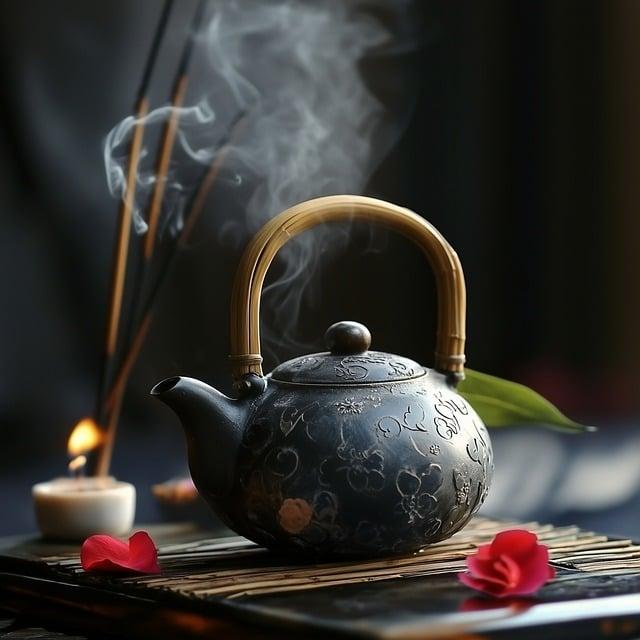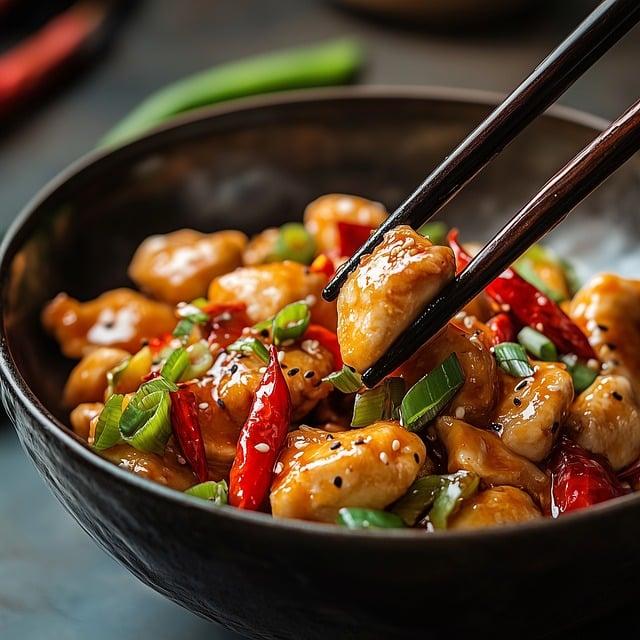Once upon a time in a small village, the townsfolk gathered each winter to celebrate the birth of a child who brought hope and joy. Inspired by the story of the Magi, who traveled far to present gifts to the newborn, they began a tradition of exchanging tokens of love and kindness. Each gift, whether a handmade trinket or a simple loaf of bread, symbolized goodwill and community spirit. As the years passed, this act of giving transformed into a cherished Christmas custom, reminding everyone that the true essence of the season lies in sharing joy with one another.
Table of Contents
- The Historical Roots of Christmas Gift-Giving
- Cultural Variations in Holiday Presents Around the World
- The Psychology Behind the Joy of Giving and Receiving
- Thoughtful Gift Ideas to Enhance Your Christmas Spirit
- Q&A

The Historical Roots of Christmas Gift-Giving
The tradition of exchanging gifts during the festive season has deep historical roots that intertwine with various cultural practices and religious beliefs. One of the earliest influences can be traced back to the Roman festival of Saturnalia, celebrated in mid-December. During this time, people would engage in a week-long celebration filled with feasting, merriment, and the exchange of gifts, often symbolizing goodwill and the spirit of community. Additionally, the story of the Magi, who brought gifts of gold, frankincense, and myrrh to the newborn Jesus, has significantly shaped the modern understanding of Christmas gift-giving, emphasizing the importance of generosity and thoughtfulness during this sacred time.
As Christianity spread across Europe, the practice of gift-giving evolved, absorbing local customs and traditions. In medieval times, it became customary for the wealthy to give gifts to the less fortunate, reinforcing the idea of charity and compassion. Over the centuries, this practice transformed into a more personal exchange among family and friends, reflecting the values of love and appreciation. Today, the act of giving gifts during Christmas is not only a celebration of the holiday but also a way to express affection, strengthen bonds, and create lasting memories. Key elements that have contributed to this enduring tradition include:
- Religious Significance: Gifts symbolize the spirit of giving and the joy of sharing.
- Cultural Influences: Various customs from around the world have enriched the practice.
- Commercialization: The rise of consumerism has transformed gift-giving into a significant economic activity.

Cultural Variations in Holiday Presents Around the World
Across the globe, the tradition of exchanging gifts during the festive season varies significantly, reflecting the rich tapestry of cultural practices. In many Western countries, the act of giving presents on Christmas is often associated with the figure of Santa Claus, who is believed to deliver gifts to children on Christmas Eve. This custom emphasizes the joy of giving and receiving, with families often gathering around a beautifully decorated tree to unwrap their presents. In contrast, some cultures prioritize the act of giving over the material aspect, focusing on the sentiment behind the gift rather than its monetary value. For instance, in Italy, children eagerly await the arrival of La Befana, a kind-hearted witch who brings gifts on the eve of Epiphany, symbolizing the end of the Christmas season.
In various Asian cultures, the concept of gift-giving during the holiday season takes on unique forms. In Japan, the tradition of “Oseibo” involves giving gifts to express gratitude and strengthen relationships, often occurring in December. These gifts are typically beautifully wrapped and can range from food items to household goods. Meanwhile, in the Philippines, the “Simbang Gabi” celebration culminates in a festive exchange of gifts, where families come together to share not only presents but also the spirit of community and togetherness. This highlights how the essence of gift-giving transcends mere materialism, serving as a means to foster connections and celebrate shared values across different cultures.

The Psychology Behind the Joy of Giving and Receiving
The act of giving and receiving gifts during the festive season taps into deep-seated psychological principles that enhance our emotional well-being. When we give, our brains release **dopamine**, the neurotransmitter associated with pleasure and reward. This surge of happiness not only uplifts our mood but also fosters a sense of connection with others. The joy derived from selecting the perfect gift, wrapped in anticipation, creates a shared experience that strengthens relationships. Moreover, the act of giving can evoke feelings of **gratitude** and **compassion**, reinforcing our social bonds and enhancing our sense of belonging within our communities.
On the flip side, receiving gifts also plays a significant role in our psychological landscape. It can evoke feelings of **appreciation** and **validation**, reminding us that we are valued by those around us. The surprise and delight of unwrapping a present can trigger a cascade of positive emotions, reinforcing our self-worth and enhancing our overall happiness. Additionally, the exchange of gifts often serves as a medium for expressing love and affection, making it a vital component of our social interactions. This cyclical nature of giving and receiving not only enriches our personal experiences but also cultivates a culture of generosity and kindness that resonates far beyond the holiday season.

Thoughtful Gift Ideas to Enhance Your Christmas Spirit
As the holiday season approaches, the joy of giving gifts becomes a cherished tradition that brings warmth and connection to our lives. To truly enhance your Christmas spirit, consider thoughtful gifts that reflect the recipient’s personality and interests. **Handmade items**, such as knitted scarves or personalized ornaments, carry a special touch that mass-produced gifts often lack. **Experience gifts**, like cooking classes or concert tickets, create lasting memories and foster shared moments that can be treasured for years to come.
Another way to elevate the spirit of giving is by focusing on **gifts that give back**. Consider supporting local artisans or businesses that donate a portion of their sales to charitable causes. **Subscription boxes** tailored to hobbies or interests can also be a delightful surprise, offering a monthly reminder of your thoughtfulness. Lastly, don’t underestimate the power of a heartfelt **handwritten letter** or a beautifully crafted card, as these personal touches can often mean more than any material gift, reminding loved ones of the true essence of the season.
Q&A
-
What is the origin of gift-giving on Christmas?
The tradition of giving gifts on Christmas is believed to be inspired by the gifts of gold, frankincense, and myrrh that the Wise Men presented to the baby Jesus. Over time, this act of generosity evolved into a broader custom of exchanging gifts among family and friends to celebrate the spirit of giving and love during the holiday season.
-
Why do people exchange gifts on Christmas?
Gift-giving symbolizes love, appreciation, and goodwill. It serves as a tangible expression of affection and strengthens bonds between individuals. The act of giving also reflects the values of kindness and generosity that are central to the Christmas spirit.
-
Are there specific types of gifts traditionally given?
While there are no strict rules, common gifts include toys, clothing, books, and personalized items. Many people also opt for experiences, such as tickets to events or gift cards, which can create lasting memories. The focus is often on thoughtful gifts that reflect the recipient’s interests and needs.
-
How has the tradition of gift-giving evolved over time?
Initially, gift-giving was a simple act among close family and friends. However, it has expanded into a more commercialized practice, with the rise of holiday shopping and marketing. Today, many people participate in Secret Santa exchanges, charitable giving, and online shopping, making the tradition more diverse and accessible.
As we unwrap the layers of Christmas gift-giving, we discover a rich tapestry of history, culture, and connection. This cherished tradition, rooted in generosity and joy, continues to illuminate our celebrations, reminding us of the true spirit of the season.

大家好,我是彼得潘,專業的手法身體治療師。我喜歡探索和研究各種主題,並透過與人工智慧的合作分享專業、實用、有趣的文章。我們定期進行人工審核,以確保內容的準確性。如果您發現文章中有任何不準確的地方,請隨時與我們聯繫,我們會及時糾正。您可以透過 [email protected] 與我們聯繫。



